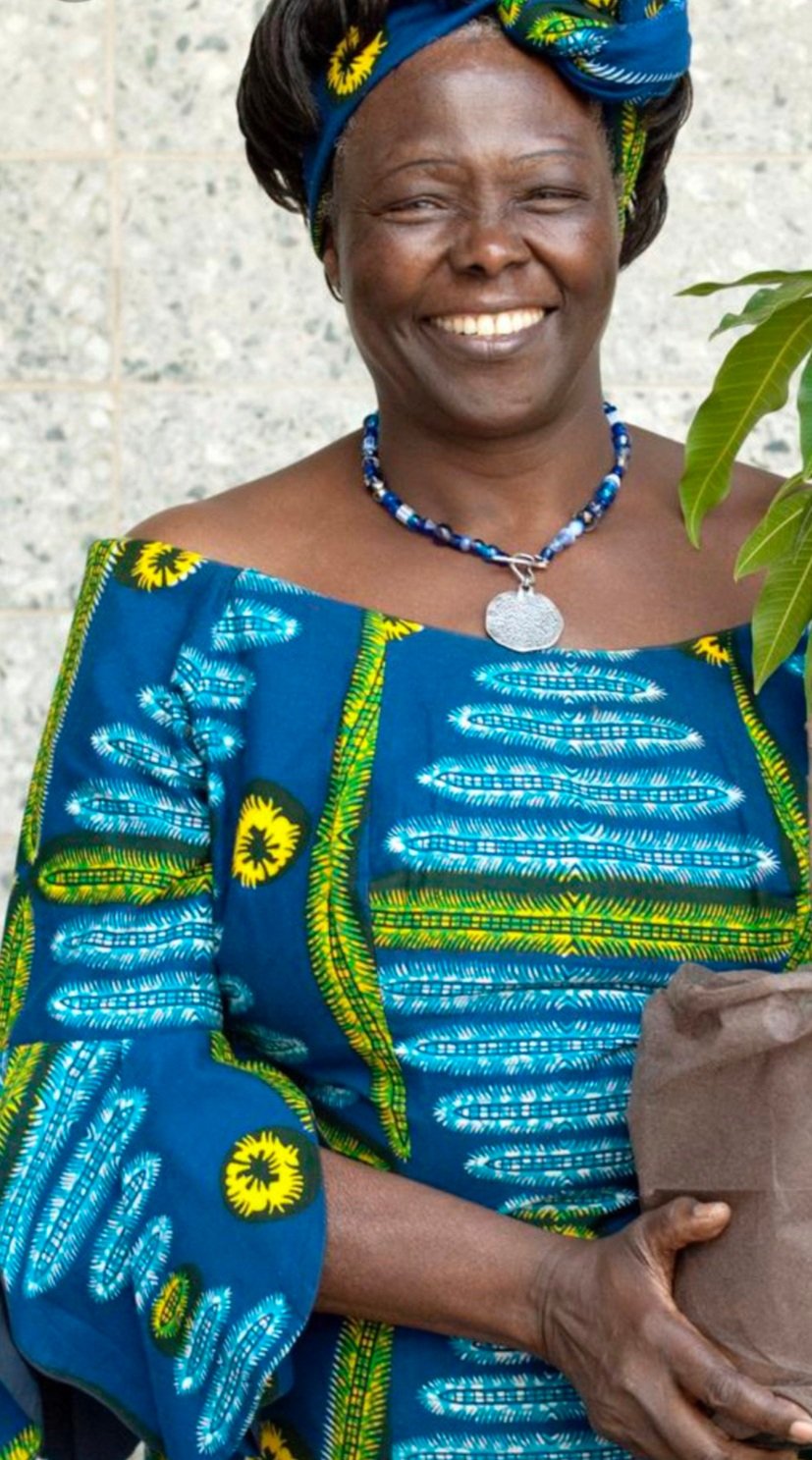The World Reimagined
Tributaries of Knowledge (Still We Rise)
Tributaries of Knowledge (Still We Rise) celebrates the legacy of Kenyan environmental activist Wangari Maathai and the seeds she planted during a remarkable lifetime. This new work of public art is one of 100 large globes, which this week form part of a UK-wide programme called The World Reimagined, a campaign to bring to life the reality and impact of the Transatlantic Trade in Enslaved Africans and invite the public to engage with the dialogue and actions of making racial justice a reality. The globe I painted responds to one of the programme’s themes Still We Rise and will join a sculpture trail of nine other globes across Liverpool between 13 August - 31 October 2022.
Why did I choose to focus on Maathai? Well, Maathai was a pioneer. She thought globally and acted locally, leading the fight against environmental degradation in Kenya with an activism that was intersectional; she understood environmental justice to be intrinsically tied to social justice, particularly women’s rights, many years before others in the environmental movement saw the connection. She also understood that sustainable development needed to embrace democracy, culture and religion if it were to be successfully embedded into the fabric of society.
In 1977, in response to rivers and streams drying up affecting food supplies in rural areas, she founded the grassroots organisation the Green Belt Movement, supporting women to work together to grow seedlings and plant trees to bind the soil, store rainwater, provide food and firewood. Today, the movement has planted some 51 million trees in Kenya. Wangari Maathai also worked tirelessly to demand greater democratic space and more accountability of the government in Kenya, which resulted in periods of imprisonment throughout her life. Still, she did not give up. She was tenacious.
In 2004, Wangari Maathai became the first African woman and environmentalist to win the Nobel Peace Prize.
I came across her work in 2011. Just days after I first landed in Africa for a placement at National Museums Kenya, news broke that Maathai had passed away. An incredible national and international outpouring of grief and remembrance followed for days - if not weeks. It was an intense and inspiring way to become acquainted with her work and I chart the founding of my studio back to that moment.
The experience sparked for me the question of how could I contribute to positive, constructive and inclusive responses to the environmental crisis. Her story made me want to join the dots that those in power could not or would not acknowledge and to work interdisciplinarily to hold space for intersectional conversations about our relationship to nature within the public realm. She showed me that ones efforts needn’t be so big that they are unimaginable. It can be a simple as planting a tree.
Tributaries of Knowledge references her memoir, in which she recounts growing up near an old fig tree considered sacred by her community. As a child she found the tree and the spring that rose from its roots enchanting. As an adult she understood that her community’s reverence for the tree meant that it provided them with many levels of protection and sustenance. In designing this globe I wanted to depict Maathai’s description of her journey to founding the Green Belt Movement as being nourished and informed by many tributaries of knowledge, starting with that first fig tree.
While painting, I reflected on how her legacy has shaped the environmental movement in Kenya and beyond, and what seeds she has planted that are only just germinating now, perhaps through unexpected encounters such as my own.
Studio tour of the globe before it heads to Liverpool.




